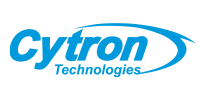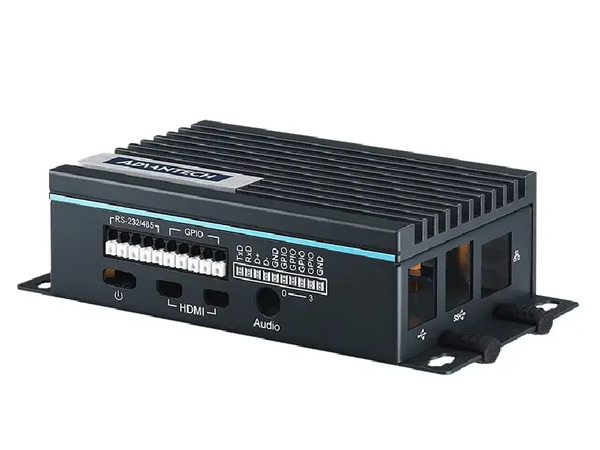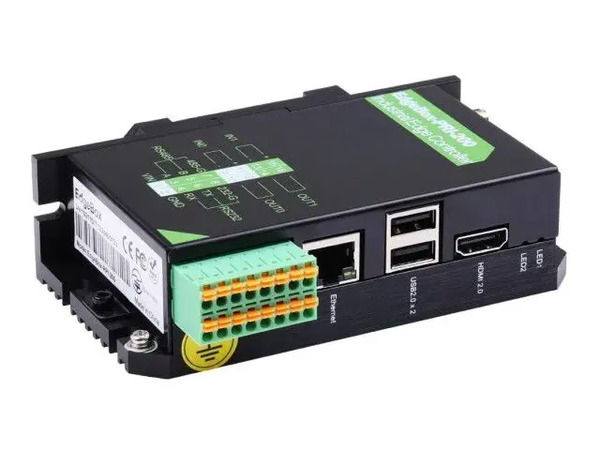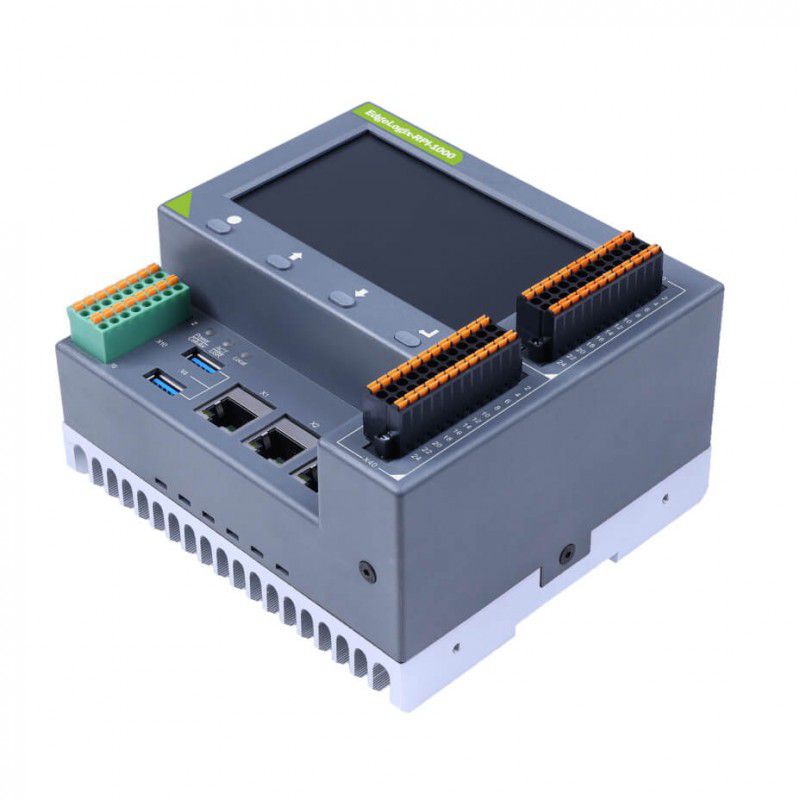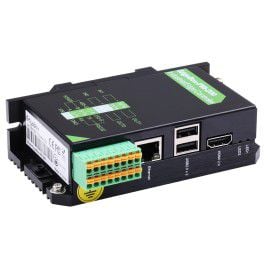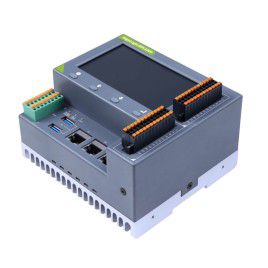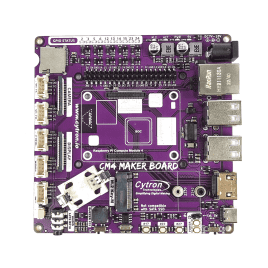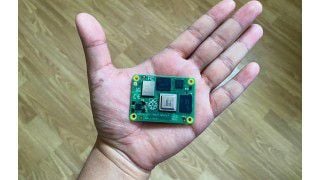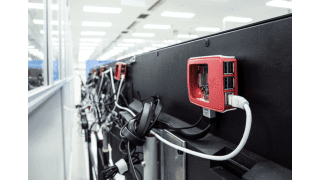Your shopping cart is empty!
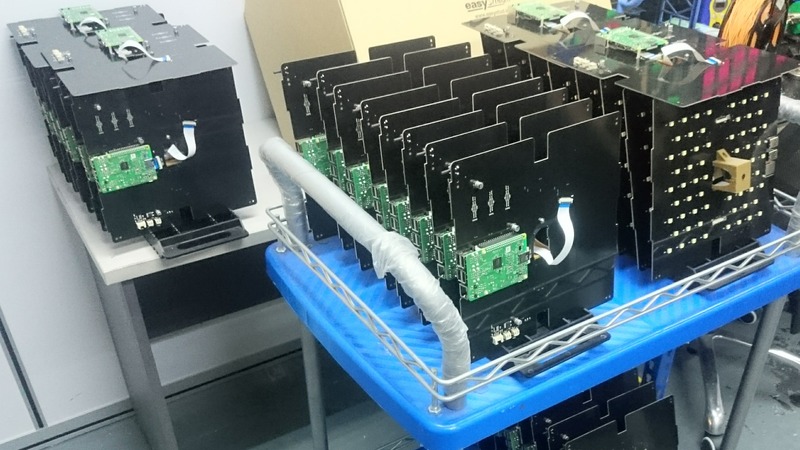
Challenges in Using Pi 4 in Industrial Projects And The Solution
As mentioned in our previous post, there has been a significant rise in demand for Raspberry Pi in industrial applications. In this article, we'd like to discuss the challenges that you may face when starting an industrial project with a bare Raspberry Pi 4 board.
Dealing with industrial protocols
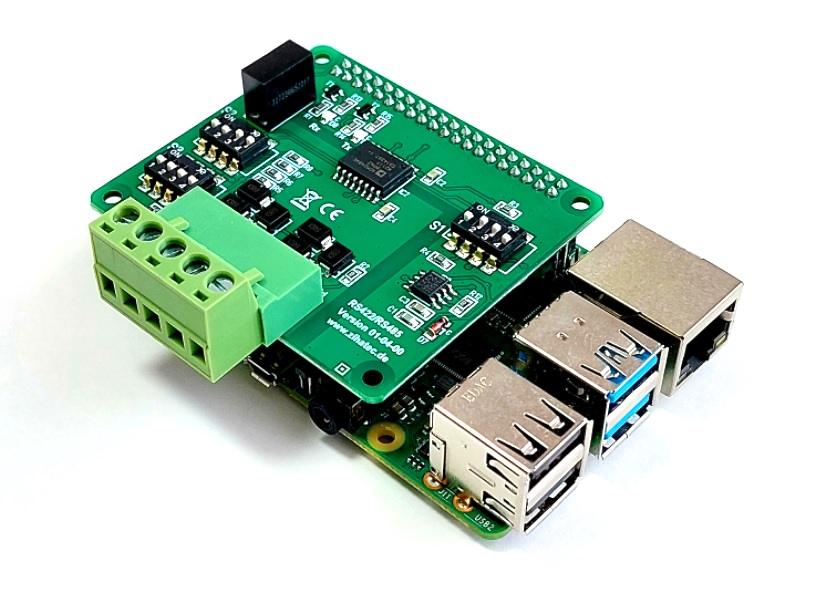
Image source: www.hwhardsoft.de
RS232, RS485, and Modbus are common industrial protocols, but they are not directly available on the Pi 4 board. To use them, you'll need to figure out how to convert the UART pins from the Pi 4 into RS232 or RS485. There are plenty of RS485/RS232 HAT or USB converter in the market, you need this extra board to proceed.
Isolated IO pins
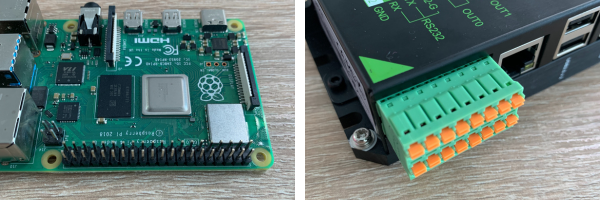
The Pi 4 has 28 IOs, but they are not isolated IO pins, meaning you can't simply connect your 12V industrial relay and sensors. Additionally, the IO header pins on the Pi 4 are not industrial-friendly. Header pins are good for quick prototyping but not suitable for actual operation. A proper way to hook up our IOs to the Pi 4 is necessary.
Powering up with a 12V/24V DC power supply
Power supply is another challenge that needs to be sorted out because Pi 4 uses 5VDC from a USB-C port, while 12V-24V DC is more common in industrial systems. A USB-C connector-based power supply is not common in an industrial system. Additionally, to protect Pi 4 from failure, it should also have protection against reverse voltage, surge, and overload.
Scalability
If you are building a complex automation system that requires IO expansion over time, high-speed local bus protocols, or connection to a touch screen for human-machine interface (HMI), then building the controller from scratch may not be a good idea.
However, that doesn't mean Raspberry Pi is unsuitable for industrial projects. We simply wanted to point out how inconvenient it is to start an industrial project from a bare Pi 4 board. There are already various solutions available in the market for the challenges mentioned above. Our product team has meticulously chosen some of the best-in-class solutions from well-known manufacturers. Depending on your project's requirements, you may find a suitable one to start your project right away. The most important thing is that these products have very stable stock in supply!
|
| ||
| CPU | Raspberry Pi 4 Model B | Raspberry Pi CM4 | Raspberry Pi CM4 |
| Industrial Interface | 1 x RS485/RS232 | 1 x RS485 1 x RS232 | 5 x RS285 3 x RS232 2 x CAN BUS |
| Common Interface | 1 x Ethernet 2 x USB 2.0 2 x USB 3.0 2 x micro HDMI | 1 x Ethernet 2 x USB 2.0 1 x HDMI | 3 x Ethernet 2 x USB 2.0 1 x USB-C 1 x HDMI |
| No. of IO | 4 x GPIO | 2 x ioslated digital input | 12 x isolated digital input |
| Screen | No | No | 4.3inches |
| Enclosure | Metal | Metal | Metal |
| DIN Rail | Optional (purchase seperately) | Yes | Yes |
| Certificate | CE, FCC | RoHS, CE, FCC, TELEC, UKCA | RoHS, CE, FCC, TELEC, UKCA |
Raspberry Pi board is a generic single-board computer suitable for many industries and applications, such as education, smart home, POS, IoT, automation, etc., just like our computer motherboard. We rarely build a computer from a motherboard; instead, we purchase a desktop, laptop, or iPad depending on our needs. The same development trend will happen with Raspberry Pi, where we will see more manufacturers introduce different vertical solutions to meet different industries. As a user, we just need to focus on our solution and let the experts do their jobs. It will save us a lot of time and energy, and the results will be better.
Related Products
EdgeBox RPi 200 - Industrial Edge Controller wi...
$324.75++ $324.75
EdgeLogix RPi 1000 Industrial Controller WiFi C...
$631.25++ $631.25
CM4 Maker Board & Kits : Maker’s Carrier Bo...
$56.00++ $56.00
 International
International Singapore
Singapore Malaysia
Malaysia Thailand
Thailand Vietnam
Vietnam